The buzz surrounding Samsung at the Mobile World Congress 2019 in Barcelona is largely limited to the Galaxy S10 and the Galaxy Fold. However, Samsung also launched the Galaxy A50 and Galaxy A30 today by way of a press release. The company has made some significant changes to its premium mid-range series which now has features like an in-display fingerprint sensor.
There are some noticeable differences between the two new handsets. We got a chance to go hands-on with both the Galaxy A50 and Galaxy A30 at Samsung’s MWC 2019 booth. The initial impressions suggest that these will be compelling packages for anyone looking to purchase a feature-packed device without breaking the bank.
Design
Samsung confirmed last year that it would be adopting a whole host of notches in future smartphones. The Infinity-O is already out on the Galaxy S10 while the Galaxy A50 and Galaxy A30 are the company’s first devices with an Infinity-U display. It’s a waterdrop style notch that wouldn’t look out of place on a smartphone from a Chinese manufacturer. Both devices are similar in terms of dimensions, measuring just 7.7mm thin with a 6.4-inch FHD+ Super AMOLED display.
The design itself is something that Samsung calls “3D Glasstic.” This is the first time that we’re hearing the company use this term. It’s decidedly vague on the actual materials used for the construction of this device. It does have a solid metal frame with curved edges. The back is curved slightly as well for a more comfortable hold. There’s definitely something more going on here than just a boring old glass back. It certainly feels different in the hand and the way the light brings out various shades in the color makes the device look really cool.
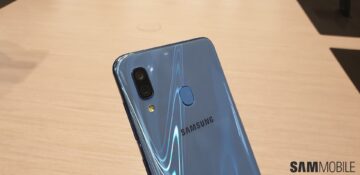
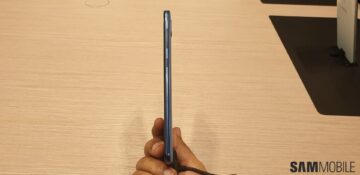
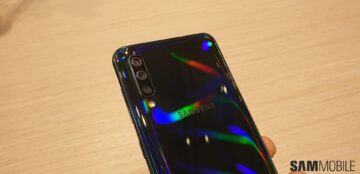
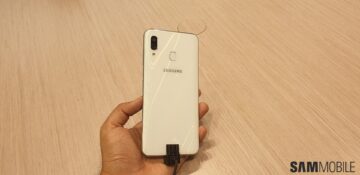
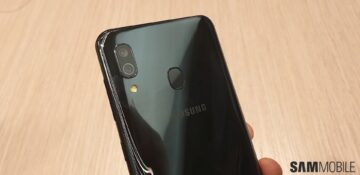
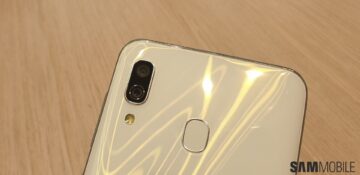
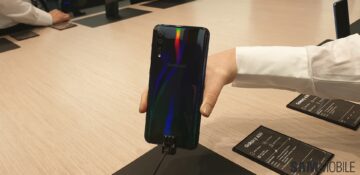
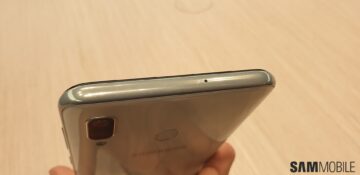
Display
Samsung has got the AMOLED display formula locked down pretty well. These 1080×2340 pixel resolution panels on these devices feel familiar if you’ve been using Samsung’s AMOLED phones for a while. The only major difference being that there’s a waterdrop notch at the top for the front camera (25MP on A50 and 16MP on A30).
The notch is hard to miss if the status bar isn’t dark. It certainly makes its presence felt when you’re watching videos. Zoom into a YouTube video and the display will wraparound the notch. To be honest, it didn’t feel like a major inconvenience when watching videos on the device. Thankfully, the A30 and A50 do use the area around the notch for videos, something the Galaxy M10 and M20 don’t. It could be an Android Pie feature, though, so the M10 and M20 should learn the trick when Pie comes along.
Camera
The camera is where the Galaxy A50 stands tall above the Galaxy A30. It features a 25-megapixel f/1.7 primary sensor, an 8-megapixel f/2.2 ultra-wide sensor and a 5-megapixel depth sensor for Live Focus. It also gets software features like Scene Optimizer and Flaw Detection that Samsung introduced with the Galaxy Note 9 last year. The triple-camera system works as advertised. The intelligent switch feature will automatically identify and recommend when you should use the Wide Shot mode.
The Galaxy A30 has a dual rear camera with a 16-megapixel f/1.7 primary sensor and a 5-megapixel f/2.2 ultra-wide sensor. It seems good enough to get the job done for your social media updates. Serious photography is left to better equipped devices. We’ll be able to provide a more in-depth view of the cameras on both devices once we get them in for review.
Galaxy A50 has a trump card
It has only been a week since Samsung launched its first flagship smartphone with an in-display fingerprint sensor. The Galaxy A50 is the company’s first relatively affordable device which has a similar sensor. However, it’s pertinent to mention that while the Galaxy S10 and Galaxy S10+ feature an ultrasonic display fingerprint sensor, the Galaxy A50 has an optical sensor.
There’s certainly a noticeable difference between the two. The inherent difference in technology makes ultrasonic sensors that much faster and a bit more secure than optical sensors. However, optical fingerprint sensor technology has improved considerably over the past few years. There’s little lag from the moment you place your finger on the display to the device being unlocked. Simply put, it appears to work well.
As mentioned, this is the Galaxy A50’s trump card. The Galaxy A30 has a conventional fingerprint sensor that’s placed at the back. We might hear some people complain that it’s placed a bit high up for their liking, but that has now become routine for Samsung phones since the company tweaks the placement for every device.
Conclusion
In the brief time that we have spent with the devices at MWC 2019, the Galaxy A50 and Galaxy A30 appear to be worthy successors to the Galaxy A handsets of 2018. The new naming convention aside, they offer a nice mix of features at what will undoubtedly be a relatively affordable price. The Galaxy A50 and Galaxy A30 will go on sale in mid-March with India most likely being the first country to get them. The sheer amount of localized content on the devices on display here suggest that much.
The post Galaxy A50 and Galaxy A30 hands-on: Compelling new mid-rangers appeared first on SamMobile.
from SamMobile https://ift.tt/2SpgaSI
via IFTTT


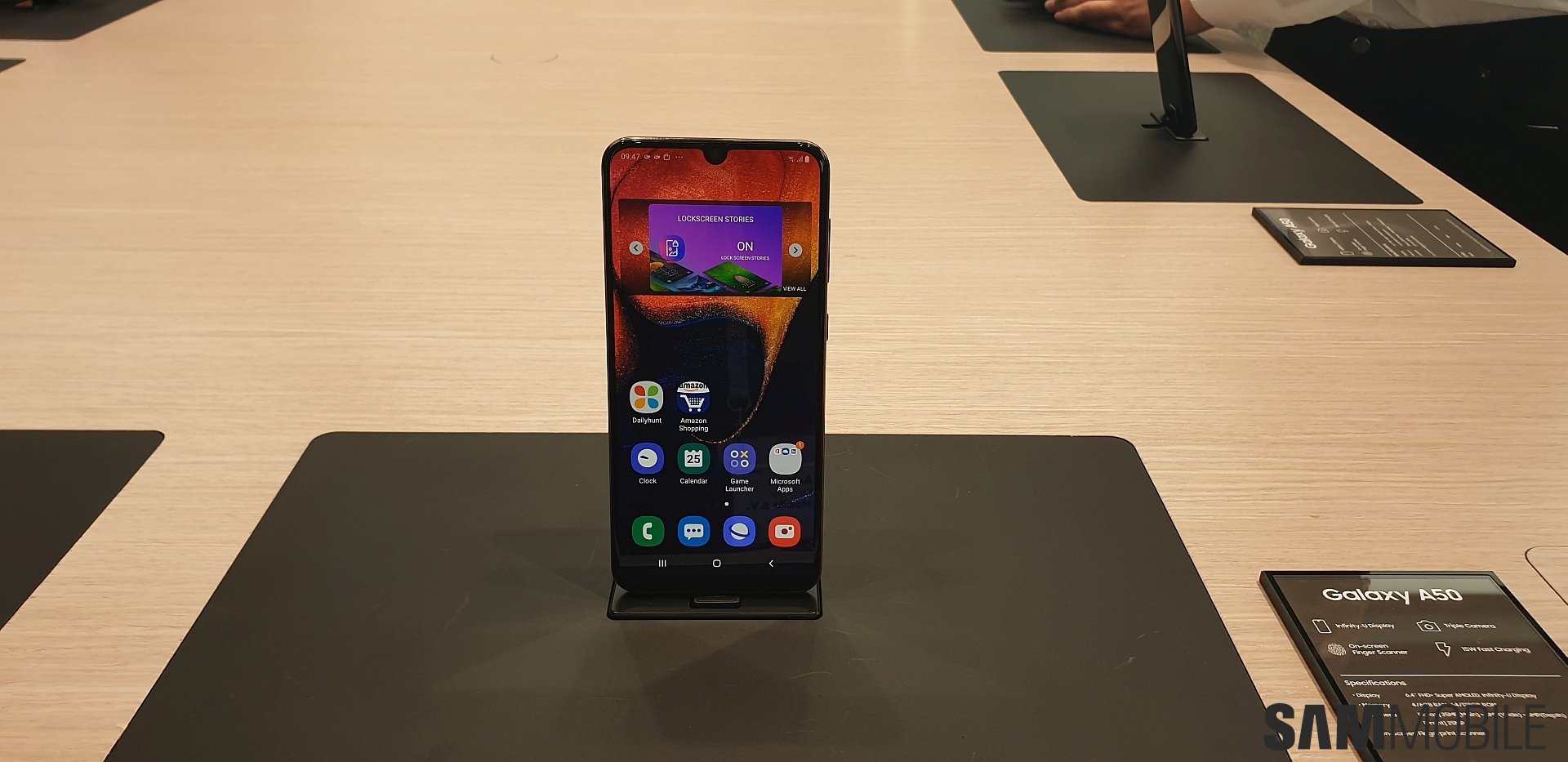
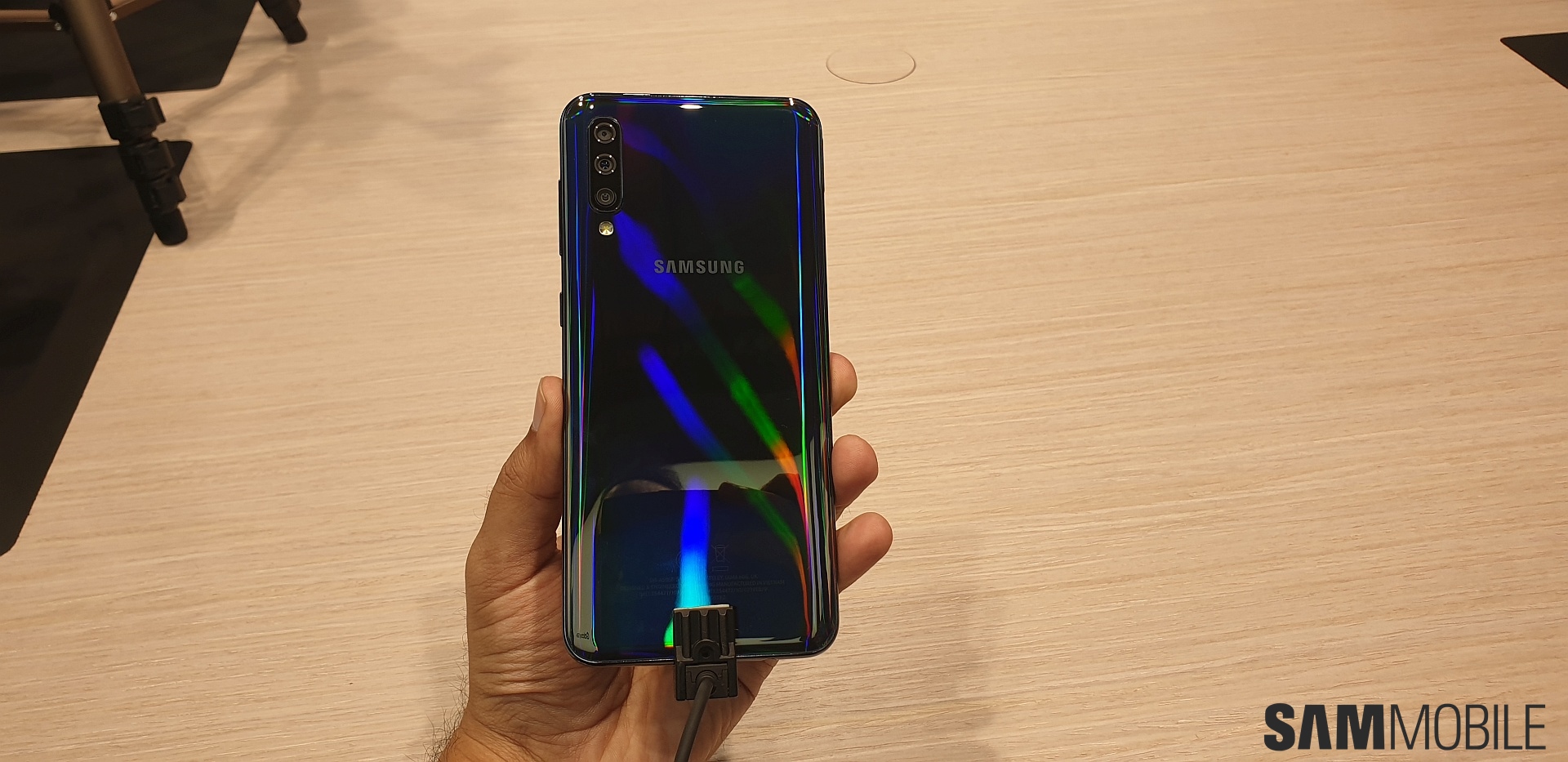
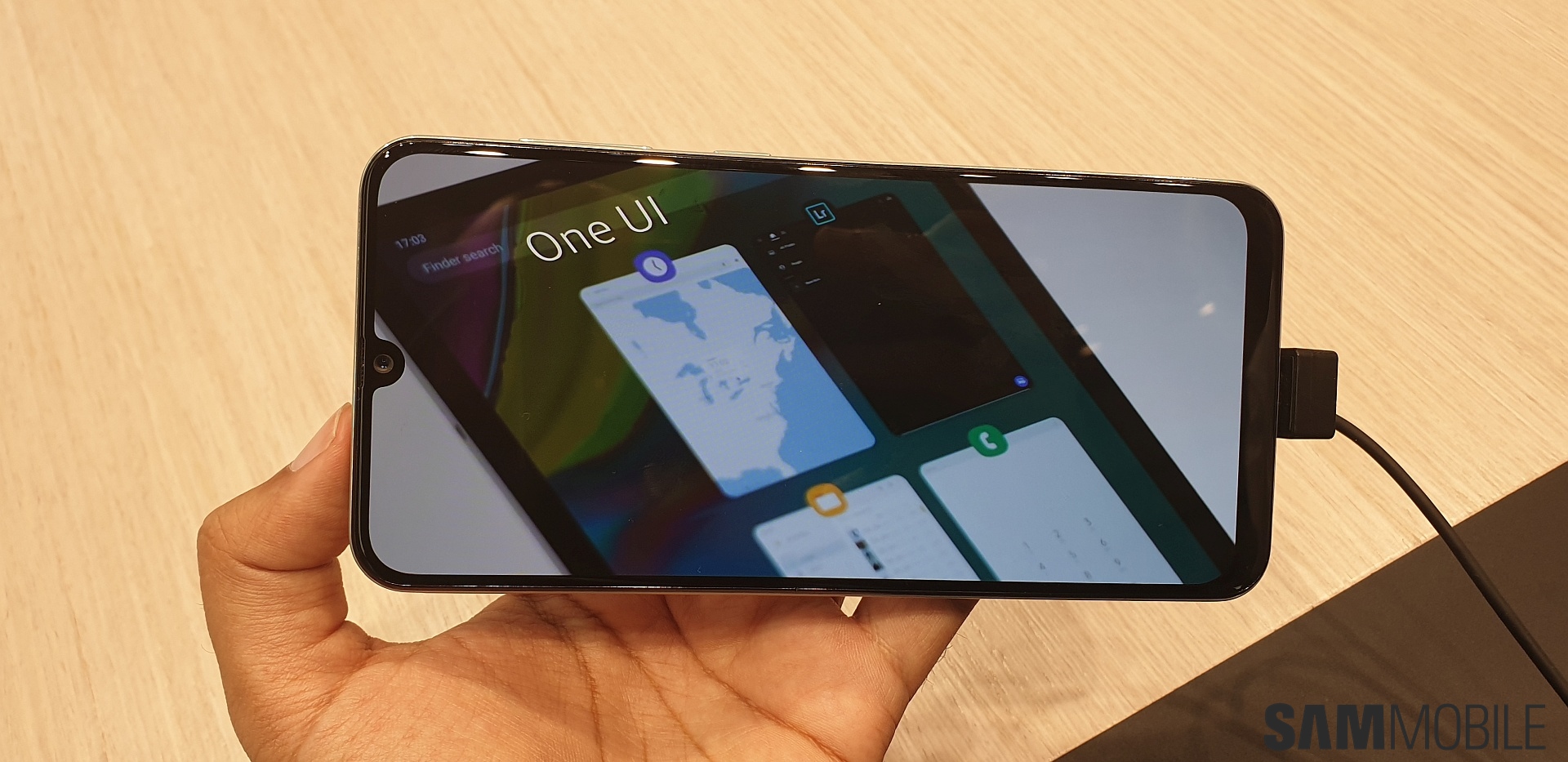
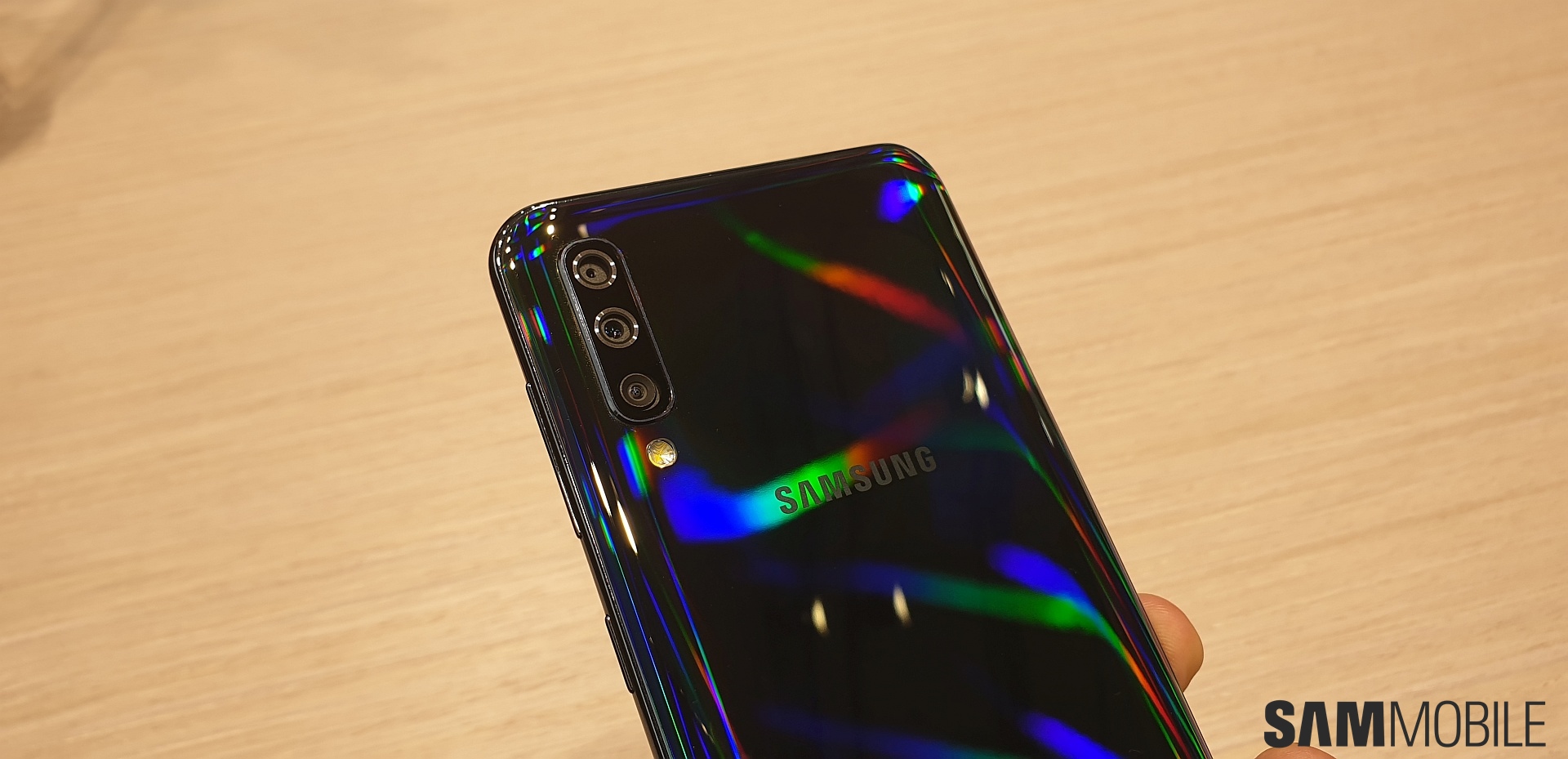
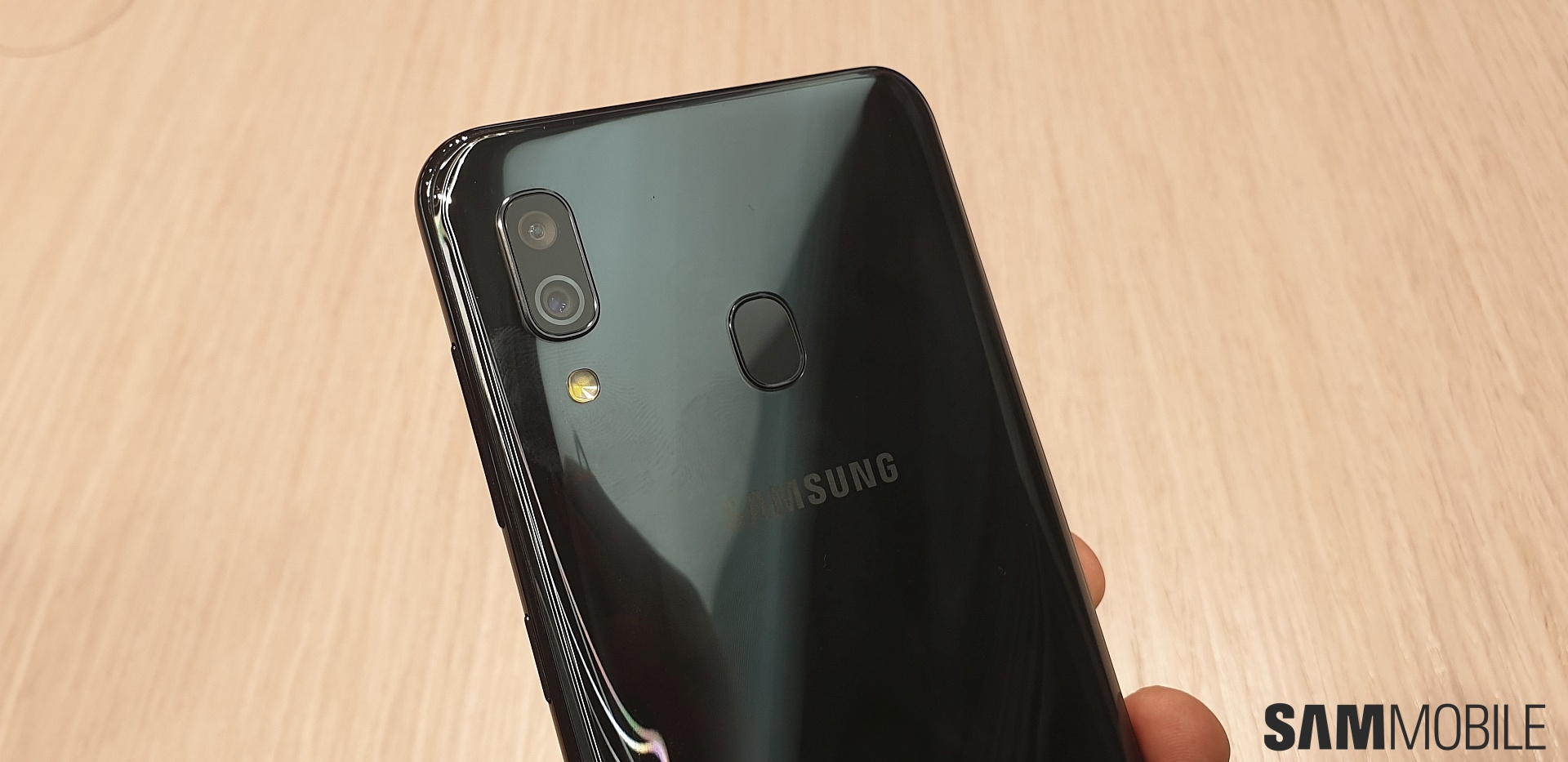
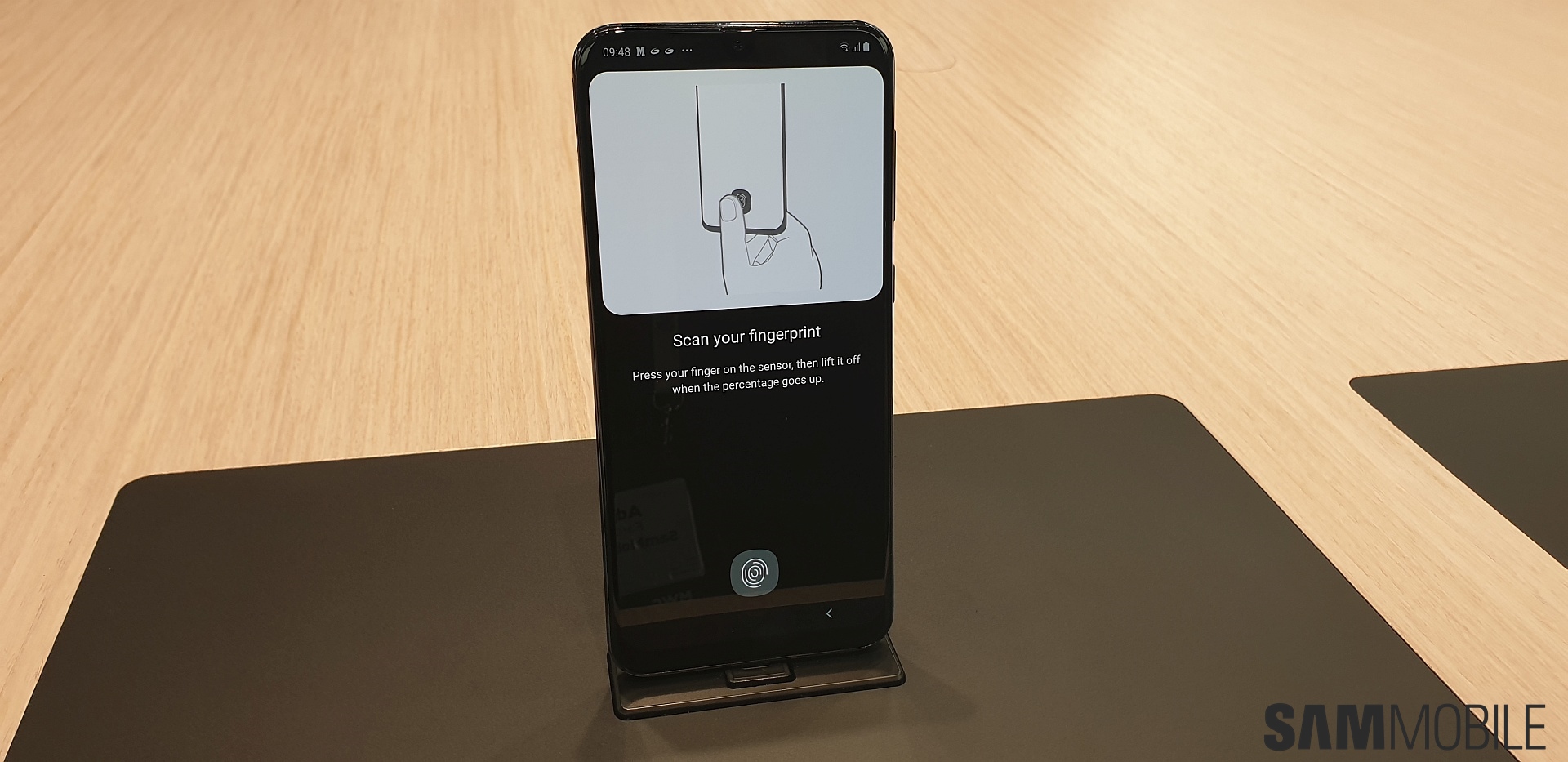
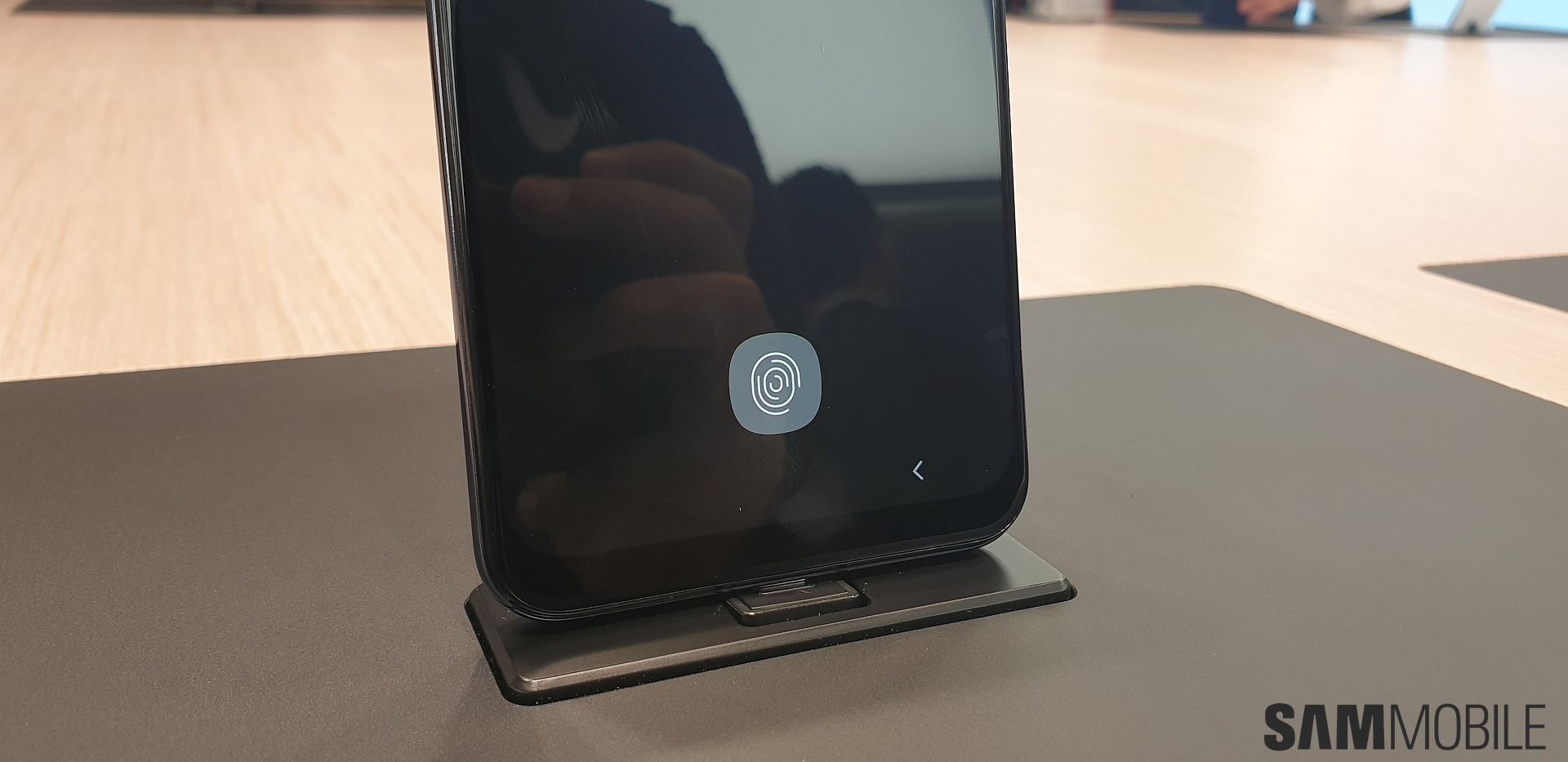
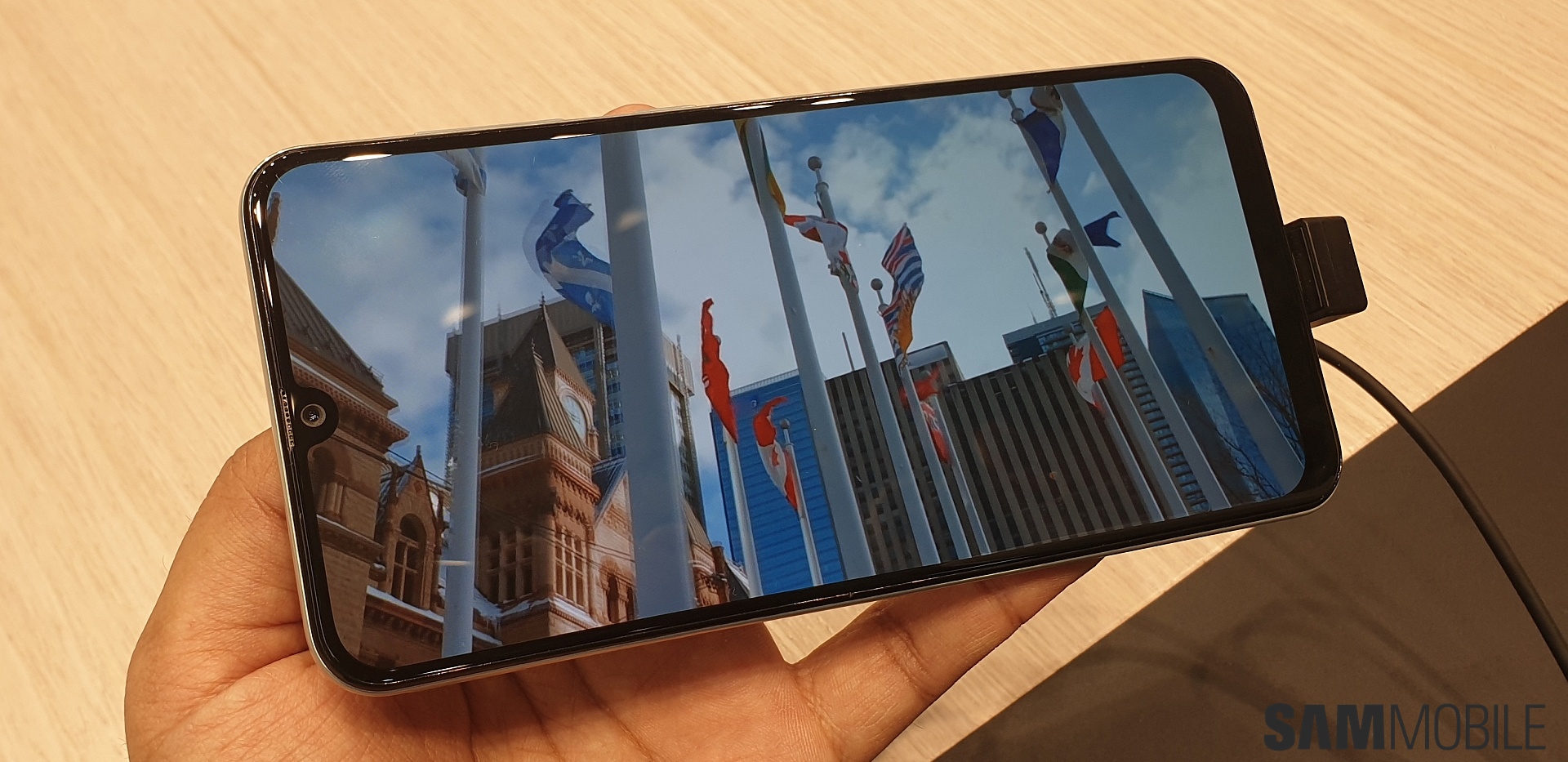





ليست هناك تعليقات:
إرسال تعليق